#paramount 1991
Explore tagged Tumblr posts
Text


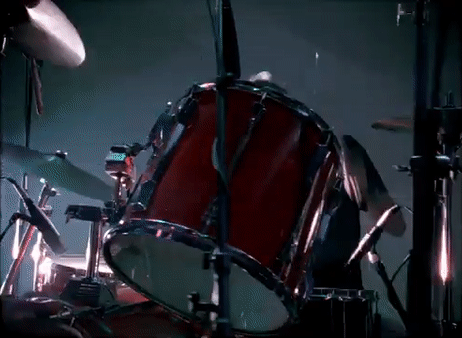

Dave Grohl playing "Jesus Doesn't Want Me for a Sunbeam" live at the Paramount Theatre in Seattle, Washington on October 31st, 1991.
#nirvana#dave grohl#grunge#90s grunge#90s#music#nirvana paramount#nirvana live#dave grohl gifs#dave grohl 90s#90s dave grohl#nevermind album#nirvana nevermind#nevermind era#1991#paramount theatre#nirvana paramount 1991#paramount 1991#these gifs may have been made before. i apologize in advance#jesus doesnt want me for a sunbeam
200 notes
·
View notes
Text
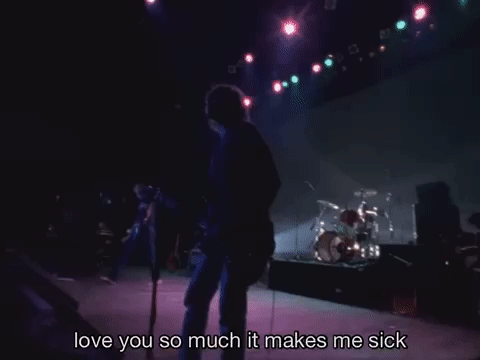
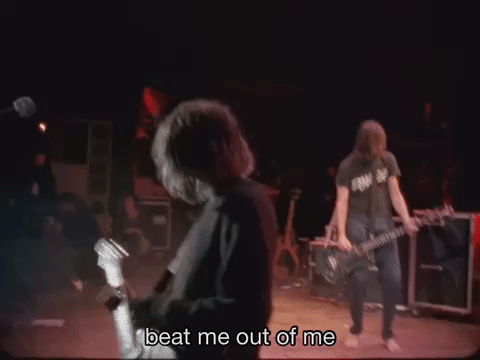
nirvana’s aneurysm at the paramount 1991, my gifs
275 notes
·
View notes
Text
Rugrats Intro Storyboard
#peter chung#rugrats#nick toons#nickelodeon shows#nicktoons#nick#nickelodeon studios#nickelodeon#paramount television#paramount#90s#animation#english#animatic#storyboard#storyboards#2d#1990#1991#1990s#klasky csupo#mtv#pluto tv
38 notes
·
View notes
Text
Kenneth Branagh and Emma Thompson are 'Dead Again' on Prime Video, Paramount+ and MGM+
Actor and filmmaker Kenneth Branagh followed up Henry V, his acclaimed screen adaptation of his London stage production, with abrupt change-of-pace. Dead Again (1991) is a stylish thriller that draws on Alfred Hitchcock, classic film noir, and gothic shockers. Sporting an exaggerated American accent, Branagh stars as L.A. private eye Mike Church, a hard-boiled but soft-hearted detective who…
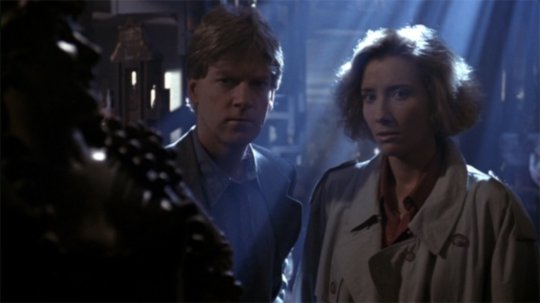
View On WordPress
#1991#Amazon Prime Video#Andy Garcia#Blu-ray#Campbell Scott#Dead Again#Derek Jacobi#DVD#Emma Thompson#Hanna Schygulla#Kenneth Branagh#MGM+#Paramount+#Robin Williams#VOD#Wayne Knight
7 notes
·
View notes
Text

The BFG (2016, Steven Spielberg)
13/03/2024
The BFG is a 2016 film directed by Steven Spielberg.
The first film directed by Spielberg to be produced and distributed by Walt Disney Pictures, it is the film adaptation of the 1982 novel The BFG written by Roald Dahl, already brought to the big screen with the 1989 animated film The BFG.
In a London orphanage, in the middle of the night, the orphan Sophie Tibbs can't sleep. Once they arrive in the giant's cave, in a place protected by the fog of the north sea of the United Kingdom, the Land of Giants, Sophie, terrified, tries to escape.
Sophie decides to desist from escaping from the land of the Giants, learning of their customs: the good giant shows her how he must feed on disgusting Snozzcumber, the only food existing in their land besides human flesh, which are the raw material for preparing Frobscottle, a bizarre sparkling green drink consumed by all the giants, in which the bubbles go down instead of up and which therefore causes flatulence.
Finding a photo of Queen Victoria in Jack's lair, Sophie comes up with a plan to get rid of the giants. She then asks the BFG to create a dream for Queen Elizabeth II: in the dream, the queen will see their adventure so far and will know that, when she wakes up, she will see a little girl and a peaceful giant at the window who will help her stop the evil giants who decided that night to eat several children in orphanages.
The first attempts to make a big-screen adaptation of the novel The BFG were made in 1991, when producers Frank Marshall and Kathleen Kennedy tried to involve Paramount Pictures. In 1998, the spouses Robin Swicord and Nicholas Kazan wrote a screenplay for a possible film, thinking of Robin Williams in the main role of the BFG. In 2001 the screenplay was rewritten by Gwyn Lurie with the approval of the Dahl foundation.
In September 2011, DreamWorks announced that it had purchased the film to the book; Kennedy and Marshall are confirmed as producers, and Melissa Mathison is brought in to write the screenplay. In April 2014, Steven Spielberg was announced as director. In March 2015, Walden Media announced its role as co-financier and co-producer of the film.
#the bfg#2016#steven spielberg#walt disney pictures#Film adaptation#1982#roald dahl#animation#1989#orphanage#london#united kingdom#flatulence#queen victoria#elizabeth ii#1991#frank marshall#kathleen kennedy#paramount pictures#1998#robin swicord#Nicholas Kazan#robin williams#2001#Gwyn Lurie#2011#dreamworks pictures#Melissa Mathison#2014#2015
2 notes
·
View notes
Video
youtube
Nirvana - Territorial Pissings (Live At The Paramount/1991)
2 notes
·
View notes
Text
Nirvana - Live At The Paramount
La notte di Halloween del ’91 a Seattle va in scena un live che spalanca le porte all’immortalità. I Nirvana freschi della fortunata pubblicazione del secondo album rivoluzionario, Nevermind, ad un passo dalla fama planetaria si presentano la notte delle streghe sul palco del leggendario Paramount Theatre, importante e longeva sala in città situata all’incrocio tra 9th Avenue e Pine Street, per…
0 notes
Photo
-watched 7/18/2023- 3 stars- on Paramount+







“Last night you were unhinged. You were like some desperate, howling demon. You frightened me. Do it again!”
The Addams Family (1991) dir. Barrey Sonnenfeld
#my have seen list#The Addams Family#1991#film#barry sonnenfeld#comedy/fantasy#anjelica huston#christina ricci#raul julia#christopher lloyd#jimmy workman#carel struycken#judith malina#marc shaiman#dan hedaya#elizabeth wilson#mercedes mcnab#dana ivey#john franklin#christopher hart#darlene levin#maureen sue levin#carol kane#Paramount+
1K notes
·
View notes
Text

kurt cobain @ live at paramount in seattle (oct 31, 1991)
photo by andré barcinski
498 notes
·
View notes
Text




Kurt Cobain Live at the Paramount, 1991
2K notes
·
View notes
Text
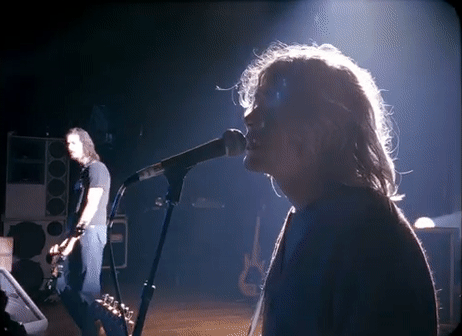
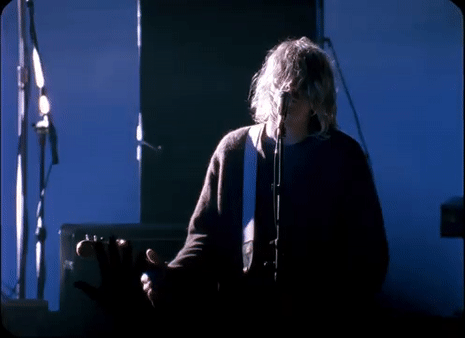
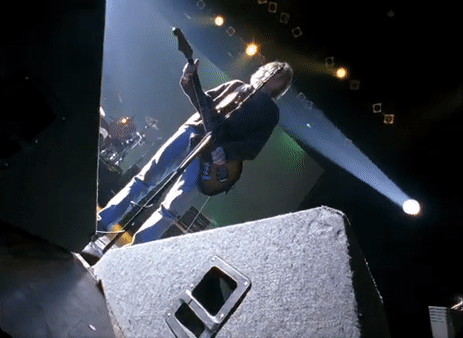
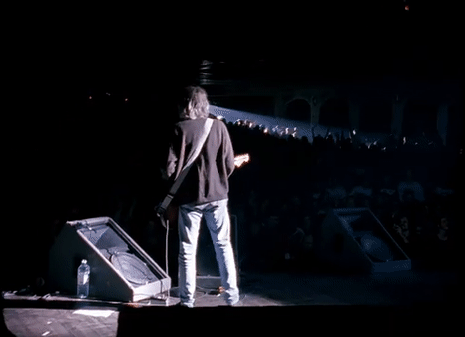
Kurt Cobain performing "Jesus Doesn't Want Me for a Sunbeam" live at the Paramount Theatre in Seattle, Washington on October 31st, 1991.
#nirvana#kurt cobain#grunge#90s grunge#90s#music#nirvana paramount#nirvana live#kurt cobain gifs#kurt cobain 90s#90s kurt cobain#nevermind album#nirvana nevermind#nevermind era#1991#paramount theatre#paramount 1991#nirvana paramount 1991#these gifs may have been made before. i apologize in advance#jesus doesnt want me for a sunbeam
175 notes
·
View notes
Photo
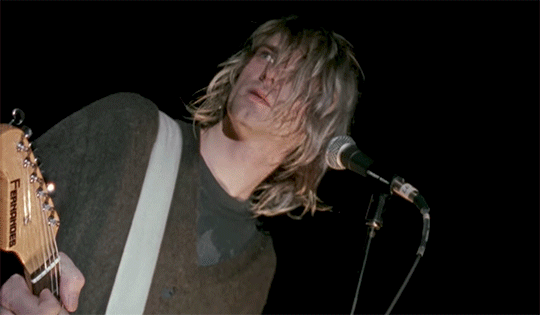
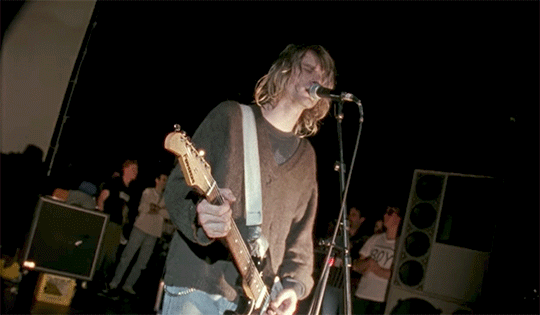
nirvana at the paramount, 1991
2K notes
·
View notes
Text
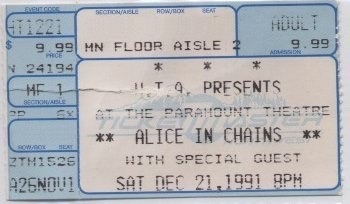
Alice In Chains - Ticket Paramount Theatre Seattle, WA December 21, 1991.
#alice in chains#tickets#aic#90s#rock#grunge#metal#heavy metal#layne staley#jerry cantrell#mike starr#sean kinney#legend#rock concerts#gigs#aic tour#my favorite#it’s all I wish 🤧😩😍#1991#my band#60s 70s 80s 90s#90s grunge#hard rock#rock concert#Show
179 notes
·
View notes
Text
Rugrats Pilot
Episode: Tommy Pickles and the Great White Thing
#nick#nicktoons#nickelodeon#paramount television#paramount#90s#animation#1990#1991#united states of america#united states#north america#klasky csupo#nickelodeon studios#nickelodeon shows#mtv#pluto tv#english#2d#pilot#cartoon#cartoons#cartoon pilot
29 notes
·
View notes
Text
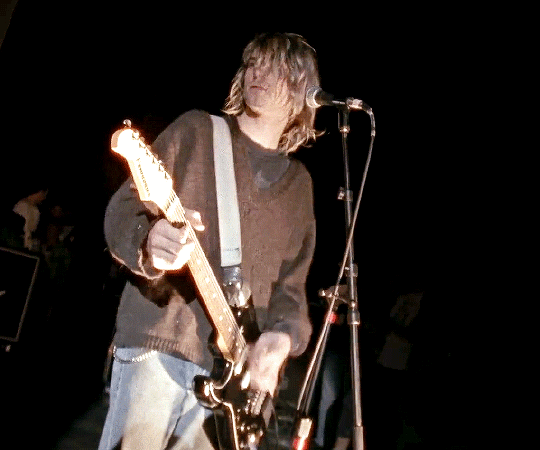

NIRVANA | RAPE ME Live At The Paramount, 1991
#nirvana#nirvanaedit#kurt cobain#kurtcobainedit#musicedit#bandedit#usermusic#dailymusicians#90s#90sedit#grunge#userkam#tusershay#usersar#usermaguire#idk who else to tag lmao#*mygifs#flashing tw
958 notes
·
View notes
Text
We define hypnosis as a situation in which imaginative suggestions for changes in thoughts, feelings, and actions are provided to a person in a context defined as “hypnosis,” with the expectation that the participant will respond to them in a compelling manner consistent with his or her beliefs about hypnosis, often derived from the broader socio-cultural context. Imaginative suggestions are requests to experience an imaginary state of affairs as if it were real. (Kirsch & Braffman, 2001) They differ from various other types of suggestion (e.g., the placebo effect, sensory suggestions, and the misinformation effect), as indicated by relatively low correlations between responsiveness to these various types of suggestion. Imaginative suggestions can be given with or without the induction of hypnosis. When given in a hypnotic context, they can be administered by a person designated or perceived to be in the role of a “hypnotist” or self-administered, in which case the situation is construed as “self-hypnosis.”
It can be said that someone is “hypnotized” when he or she responds to imaginative suggestions that are presented following a hypnotic induction ritual, which may be elaborate or as simple as merely defining the situation as “hypnosis.” People who are able to respond to the imaginative suggestions that are characteristic of hypnosis are often termed highly hypnotizable or susceptible to hypnosis. However, the very high correlation between responsiveness to these suggestions in hypnosis, and the same suggestions without the induction of hypnosis (r = .67 for behavioral scores; r = .82 for subjective scores; Braffman & Kirsch, 1999), indicates that the term highly suggestible is a more accurate description of these individuals. We propose that the ability to respond to imaginative suggestions depends on the ability to experience or translate the suggested sensations and imaginings into credible and compelling subjective experiences and actions...
...it is crucial to clearly define the events as “hypnotic” in nature, to distinguish the social interaction from everyday communications, and to mark the special occasion as one in which consciousness or capabilities will be optimally and radically expanded beyond the mundane. That is, what is paramount is that the hypnotist presents communications in such a way that they are deemed to be “hypnotic,” as defined by the socio-cultural context...
...The broad skein of cultural beliefs and expectations in which hypnosis is embedded coalesces into a loosely woven script that specifies how events will unfold and what is expected from the participant during hypnosis (Lynn & Green, 2011). In this initial stage, the hypnotist may define hypnosis in various ways, ranging from a state of absorption in suggestions, much like being absorbed in a movie; to an altered state of consciousness; a state of dissociation; and thinking and imagining with suggestions. The particular way in which hypnosis is defined is less important than casting the situation as “hypnotic,” boosting response expectancies (i.e., anticipations of automatic subjective and behavioral responses to particular situational cues) for successful responding and providing a rationale for administering suggestions that are delivered in the next phase. According to Kirsch, hypnotic inductions produce hypnotic responses, much like placebos, by the power of the expectancies they induce and produce alterations in a wide variety of responses, including sexual arousal, anxiety, depression, and pain (Kirsch, 1985, 1991, 1994). When hypnosis is described as a trance, participants are not as responsive and experience diminished subjective effects compared to when hypnosis is defined as merely involving cooperation (Lynn, Vanderhoff, Shindler, & Stafford, 2002). This finding is not particularly surprising, given that many participants experience trepidations regarding what they (mistakenly) believe to be succumbing to a radically altered state of consciousness in which they relinquish control to the hypnotist. Indeed, this widely prevalent belief may predictably engender uneasiness and even outright anxiety and reluctance or resistance to participate fully. Accordingly, early on, the hypnotist often confronts cultural myths and misconceptions head on, informing individuals that they will not lose control, that they can resist suggestions if they choose to do so, and that they will not lose touch with their surroundings.
In this initial information-giving or “preinduction” stage of the hypnotic proceedings, rapport and positive response expectations about hypnosis are established, participant fears are minimized as myths about hypnosis are debunked, and an unspoken “contract” is established that the hypnotist will facilitate the responses of the participant who is willing, motivated, and hopefully able to experience whatever is suggested. This first stage also often involves setting an agenda for hypnosis and removing barriers to optimal responding in which (a) suggestions are tied to goals of research or therapy; (b) motivation is enhanced by emphasizing the appealing features of hypnosis (e.g., relaxation, calm); and (c) expectancies about hypnosis are clarified, often by way of discussion that reveals and addresses lingering concerns about full immersion in the experience of hypnosis.
Lynn, S. J., Laurence, J.-R., & Kirsch, I. (2015). Hypnosis, Suggestion, and Suggestibility: An Integrative Model. American Journal of Clinical Hypnosis
58 notes
·
View notes